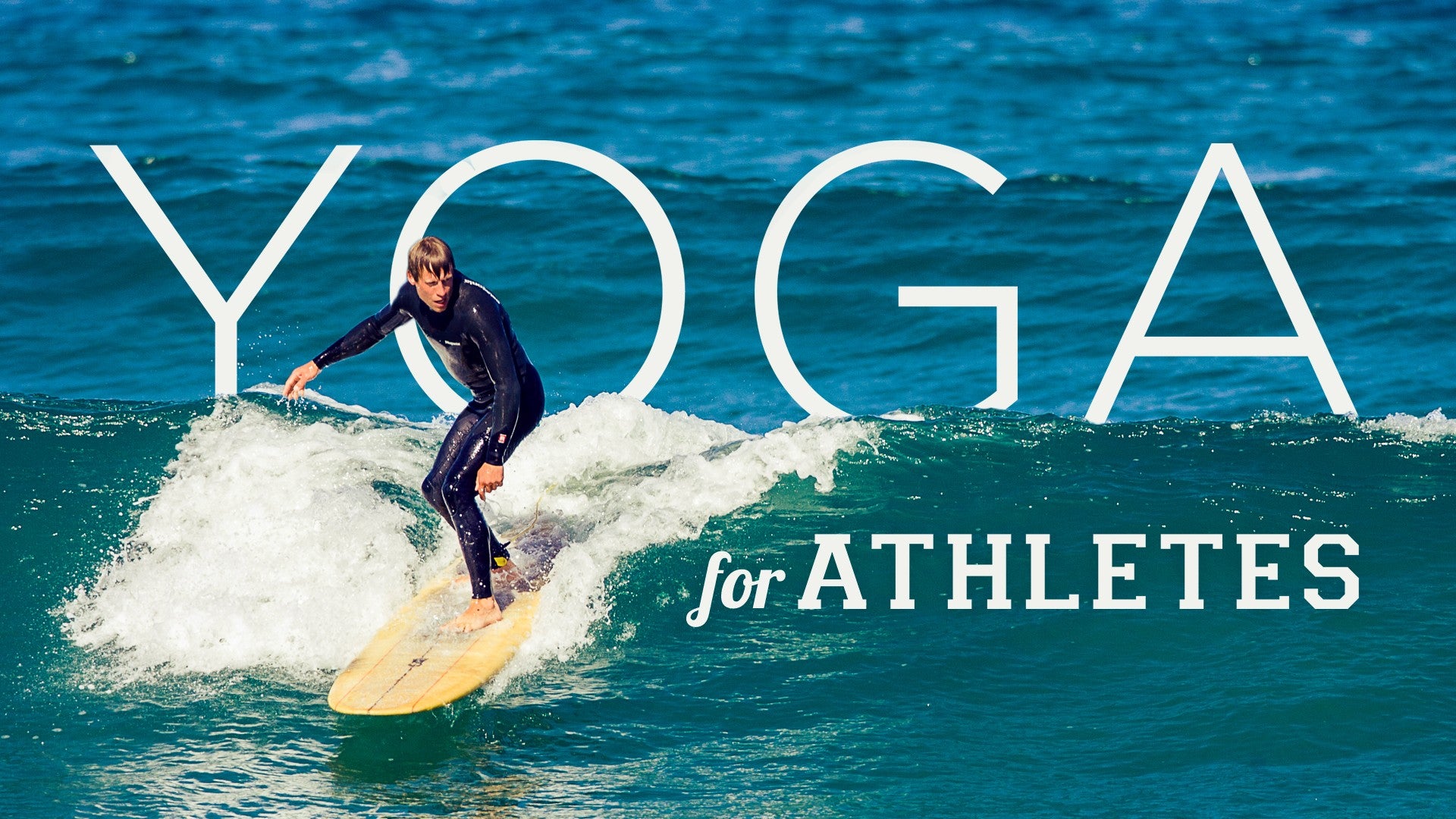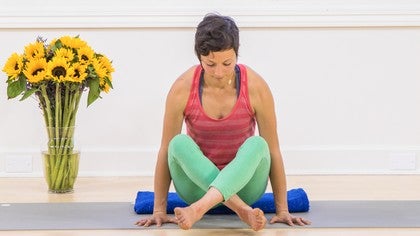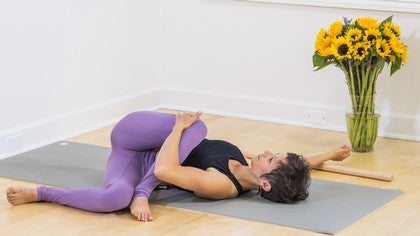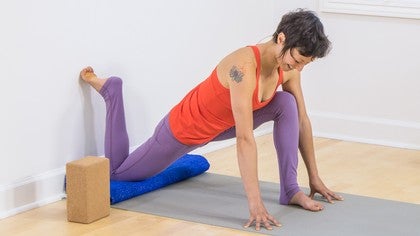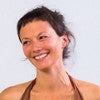Description
About This Video
Transcript
Read Full Transcript
(ocean waves crashing) Hi. Thanks for coming back. I want to talk a little bit about breath, so since in these little segments, these little practices, I'm not going into the breath too much, but there are two key points that I'd like to talk about where the breath can be supportive. So one is that the breath can be supportive in the deeper core muscles, especially in the exhale. And the second one is that the breath can be supportive of relaxation.
So let's go into the first one, and what I want you to do is get yourself in a position, in a seated position, where your spine is in neutral, so if you feel curved back like this, I'm sitting on a blanket, but maybe you want to sit on a couple of blankets or even a block or something, or a pillow or a couple of pillows so that you don't feel like you're in a backbend or in a forward fold like that, so the belly needs to be in neutral for this one. So long spine. So set up for that and then relax your arms by your sides, and take a deep breath in. And as you breathe in, fill in through your lower ribs, and then fill all the way up like you're filling up a cup with water, all the way up to the collarbones, and then exhale, and as you exhale empty from the collarbones down, and then at the bottom of your exhale, take your lower belly muscles back towards your spine. And then again, you can kind of release that inhale fill from the bottom ribs all the way up to the collarbones.
The lung tissue actually goes all the way up behind your collarbones. And then as you exhale here, empty from the top to the bottom and at the very bottom of your exhale, squeeze your pelvic floor muscles a little bit up into your body. It's sort of like stopping your urination mid-flow, but a little bit back from that, near the back of the pelvic floor. And then inhale again, and now, inhale, we're gonna do those two actions together on the exhale, so fill all the way up, widen your ribs, and now on the exhale draw the lower belly in and draw the pelvic floor up. And it's almost like they come together behind the belly button.
So there's this feeling of sucking in power, sort of, behind the belly button, so a couple more breaths doing those two actions on the exhale. And as you do a couple more breaths, I just want to talk about the pelvic floor drawing up can protect and support your sacroiliac joints and stabilize them, and the lower belly drawing back can support your lumbar spine in your lower back. Nice, so without thinking about it too much now, cross your ankles in front, place your hands a little bit in front of your hips, and press into your hands and just lift your bum off the floor, and if you can, lift one leg, and then lift the other, and pause there for a couple of breaths, and then come down. So we're gonna do that now, again, with that deeper breath that we were just practicing, so go into it a little bit more mindfully with that deeper breath and on your exhale, draw the lower belly back and the pelvic floor up to that power point below your navel. So press your hands down, take your big breath, and maybe on your exhale shove forwards, lift, maybe lift one leg, maybe lift the other and take a deeper breath there.
And release, so just check in to see if the second one felt a little bit more supported, maybe a little bit easier. We'll use that breath in the core exercises. So that's just one point I wanted to make, and then second breath that we're gonna use is coming down onto our backs and using our relaxing breath. So you can roll down and relax your belly, and relax your pelvic floor. And that first breath, you might utilize it if you're gonna do a powerful movement, like at the bottom of your exhale you're the strongest, and actually the lightest, so you can think about that in your training, and this breath is for maybe doing a full body scan, a full relaxation, if you feel really sore, really overworked, you can use the breath to relax the body and destress if you feel like you've got too much on your plate.
This is the breath you can use in the relaxations at the end of the practices. So we're gonna go into the, close your eyes and go into the lower belly, and just take a big breath there and relax your pelvis, relax your lower belly, relax the back of your pelvis, the sacrum, and then you can move your hands a little bit up to your mid-body and take a few deep breaths there, and relax your diaphragm. That's the big muscle at the base of your rib cage, your lower ribs, your back muscles at the back. It's like you're creating space where you're breathing, and everywhere your breath touches, it's creating space and relaxation and energy. You can move up now to your chest, maybe place your hands on the collarbone area, and breathe into the upper chest into the mid-back, into the neck.
Relax your shoulders, and by not breathing full breaths all the way up into this area, you can get really tight in this area, so there's shallow breaths where you only breathe up here, and then there's full breaths where you breathe into the lower portion of your lungs, but you bring the breath also all the way up to the top. So let's take a few rounds of breath together, and let's count the breaths together. So let's breathe from the bottom all the way up to the top, filling up the belly to the ribs, upper ribs, and emptying from the ribs to the belly. So close your eyes, exhale fully, and then inhale one, two, three and exhale, one, two, three. Inhale, one, two, three, four, exhale, one, two, three, four.
Last one, inhale, one, two, three, four five, pause, full, smooth, steady, exhale, three, four, five. And then just open your eyes and notice how you feel. Fully oxygenated. You can roll over onto one side, and come up. Thank you for breathing with me.
See you soon.
Yoga for Athletes: Preparation Practices
Comments
You need to be a subscriber to post a comment.
Please Log In or Create an Account to start your free trial.
